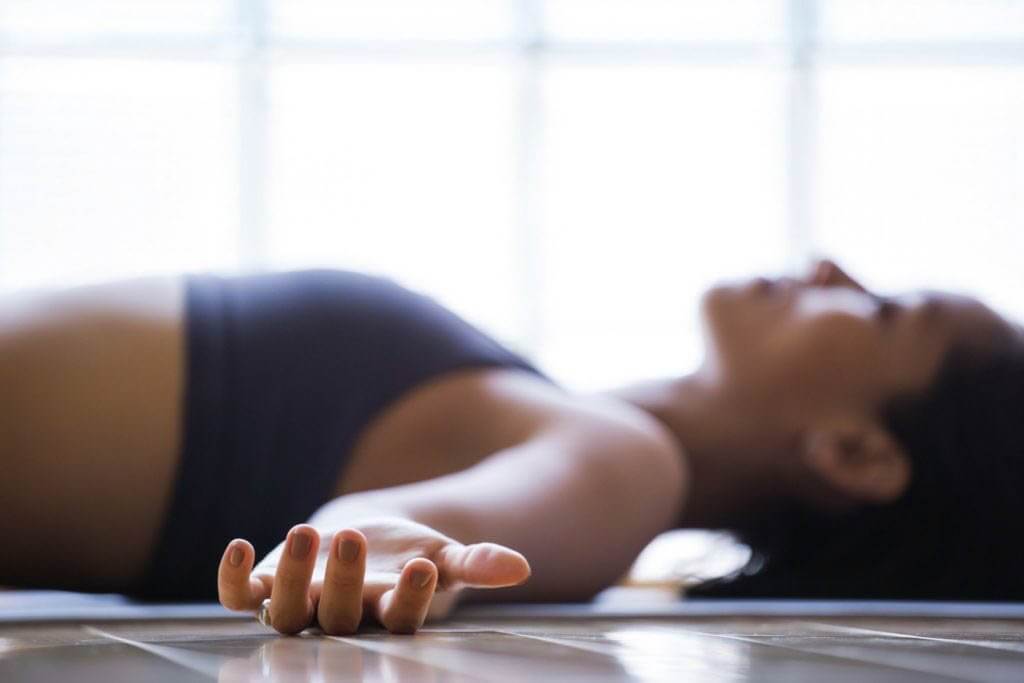
Inhaltsverzeichnis
Bodyscan meditation-meditation techniques for beginners
Before I introduce you to body scan meditation, I would like to briefly explain what meditation actually is.
Meditation is a mindfulness technique that allows you to learn to direct your focus and consciously direct your attention. The positive effects of meditation on health and general happiness have now been proven by numerous Studies Stress reduction, a greater sense of inner peace, and improved concentration are just a few of the numerous effects of meditation. It also helps you get to know yourself better. You become aware of what you think and feel, and where these feelings and thoughts come from.
If you want to learn about meditation and try it out for yourself, it can be difficult to decide how best to start. this In this blog post, I'll give you some basic information and tips on meditation. Today we'll get to know body scan meditation; a very accessible and simple way to meditate.
Why body scan?
Sitting down and focusing on your breathing is just one of many types of meditation. The body scan offers the opportunity to actively meditate and consciously connect with your own body. This not only allows you to develop better body awareness, but also reach a deeper state of relaxation. Especially at the beginning, it can be difficult to simply think about "nothing" and remain completely still and in the present. In body scan meditation, you focus on individual areas of your body and feel how you slowly become more and more relaxed. You usually go through each region of your body one after the other, feeling into them. Everything from the crown of the head to the tips of the toes is included. You can proceed very gradually or look at entire areas of the body at once.
Whenever I do a body scan meditation, I'm struck by how much we "disconnect" from our bodies in everyday life and forget what it does for us throughout the day. Often, it's only during meditation that I notice which muscles I'm tensing and how good it feels to be aware of my own body and to give it a little more attention and love through meditation.
Like any other meditation, you can do the body scan whenever you want. However, it's especially good in the evening before going to sleep. This allows you to fully unwind and find some peace and quiet before falling asleep. Many people find it more comfortable to do the body scan lying down. This makes it easier to notice each area of the body individually and relax the muscles. Of course, you can also do it while sitting – whatever you prefer.
You're likely to experience tension, warmth, a slight tingling, or similar sensations during meditation. However, all sensations that arise during the practice should be perceived non-judgmentally and acceptingly, as best you can. Even if you don't experience any sensations in individual parts of your body, simply try to consciously notice how the different parts of your body feel and what's happening. There's no right or wrong here.
Let's scan!
This meditation lasts about 10 minutes. Spend as much time on each body area as feels right for you.It's not about rushing through the entire body as quickly as possible, but rather about consciously and carefully perceiving each individual part of the body.
- Lie comfortably on your back with your hands relaxed at your sides and your feet slightly turned outward to a position that feels comfortable. Feel free to cover yourself with something to keep you cool during meditation. You should also be in a place where you won't be disturbed for the next few minutes. Once you have found a comfortable position, gently close your eyes and try not to move or move as little as possible from now on.
- Take a few moments to settle in. Take a few deep breaths – and then exhale. Then observe your breath as it returns to its natural rhythm and allow yourself to fully arrive in this moment. When you're ready, focus your attention on the sensations in your body. Especially notice the sensations of touch and pressure where your body makes contact with the surface. With each exhalation, allow yourself to let go and sink a little deeper into the ground.
- Remind yourself again what this exercise is about. The goal is not to develop a different feeling or to relax. That may happen, but it doesn't have to. Instead, the sole purpose of this exercise is to bring your attention to the sensations you discover during the exercise.
- Now bring your attention to your feet. Feel your toes, each one individually. From right to left, notice each toe individually. Then notice the soles of your feet, the tops of your feet, and your entire feet. Bring your complete attention to your feet. Thank your feet for carrying you through life.
- Now move your attention to your ankles, then to your shins and lower legs. Notice what is currently there. Continue up your leg—over your knees—to your thighs. Now feel your legs as a whole.
- Now notice your hips. Then direct your attention to your belly. Notice your organs: your kidneys, your liver, your intestines. Imagine your organs smiling. Let all your organs smile—your lungs, your heart. And thank your organs, too. For keeping you alive and for making your body function so wonderfully.
- Now bring your attention to your shoulders, your upper arms. Feel your elbows and forearms. Thank your arms for helping you carry, create, and hug. Feel your hands and each individual finger. Thank your hands for allowing you to touch the world.
- Now feel your back—your upper back and your lower back. Thank your back for giving you stability.
- Now move your attention up your throat to your mouth. Give thanks that you can speak, eat, and express yourself through your throat and mouth. Now feel your nose. Thank it for allowing you to perceive smells. Now move your attention further to your ears and thank them as well for making it possible for you to hear. Now direct your attention to your eyes—your eyelids, your eyebrows. Give thanks that you can see. Then move to the crown of your head and consciously perceive your scalp.
- Now feel your entire body once again, the power of your body.How your entire body is in concert, enabling you to achieve everything you're capable of. Your breath flows freely in and out of your body.
- Now take another deep breath. When you're ready, open your eyes and return to the here and now.
If you enjoyed the meditation, you can, of course, repeat it as often as you like. I recommend doing the body scan every night before bed for a week. You'll soon notice how you calm down more quickly and fall asleep more easily.
My next mindfulness blog post will be about chakras. You'll learn what they are and what they're good for next week!

Photo by Loe Moshkovska from Pexels
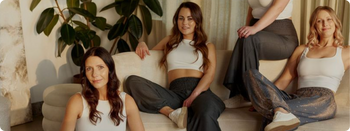
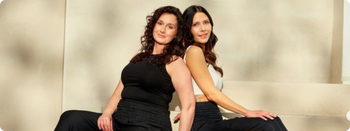

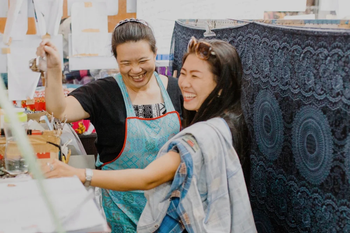

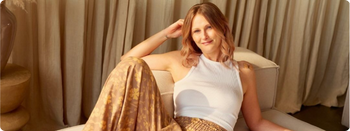
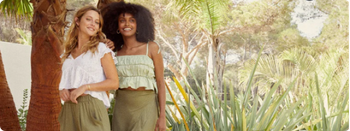
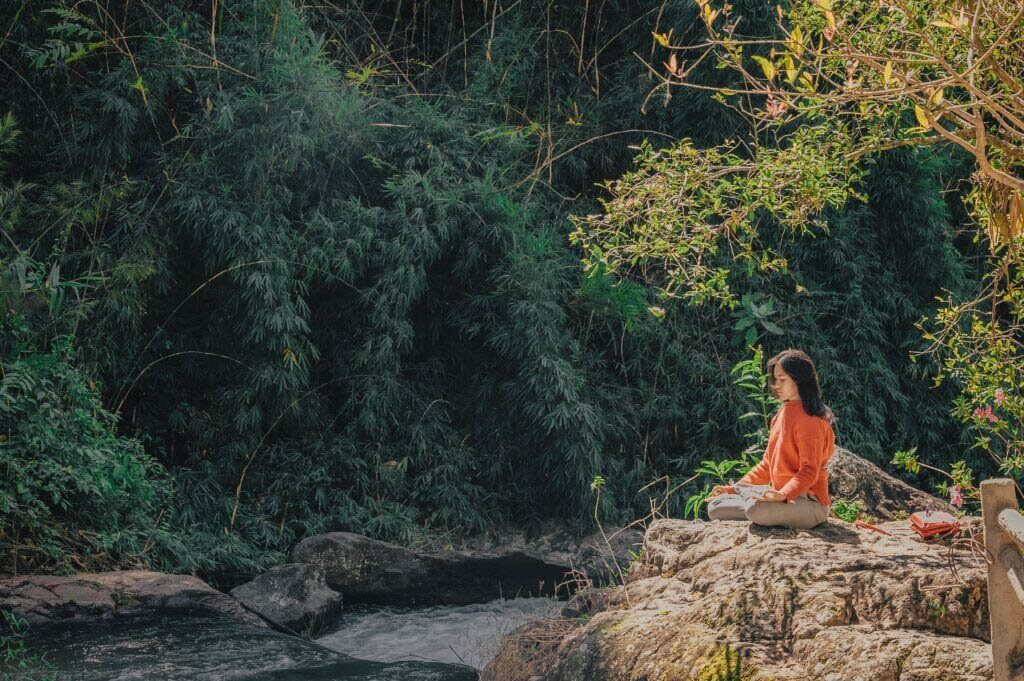

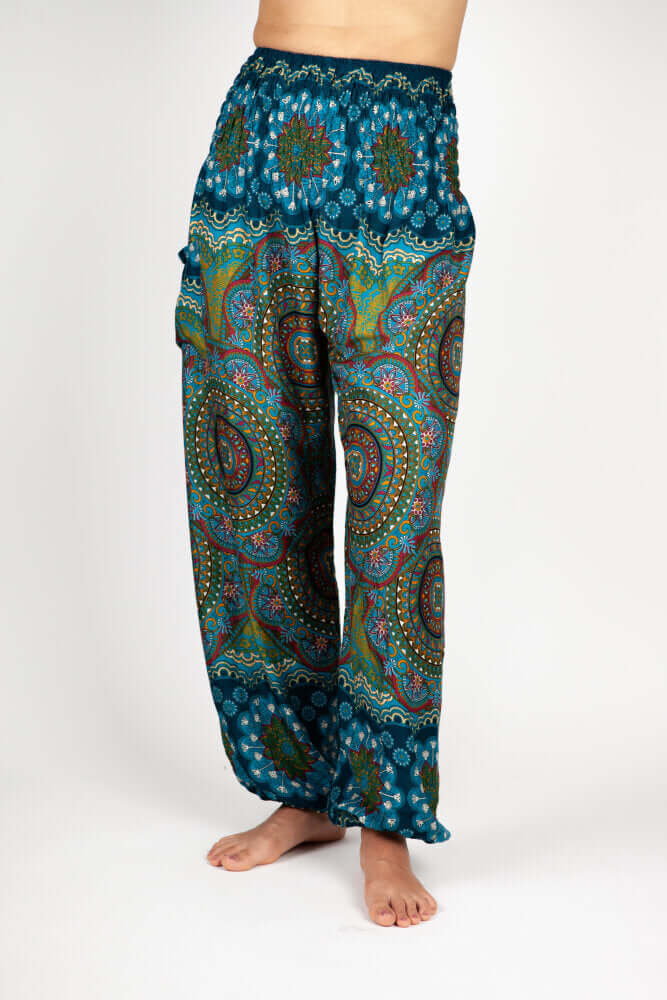

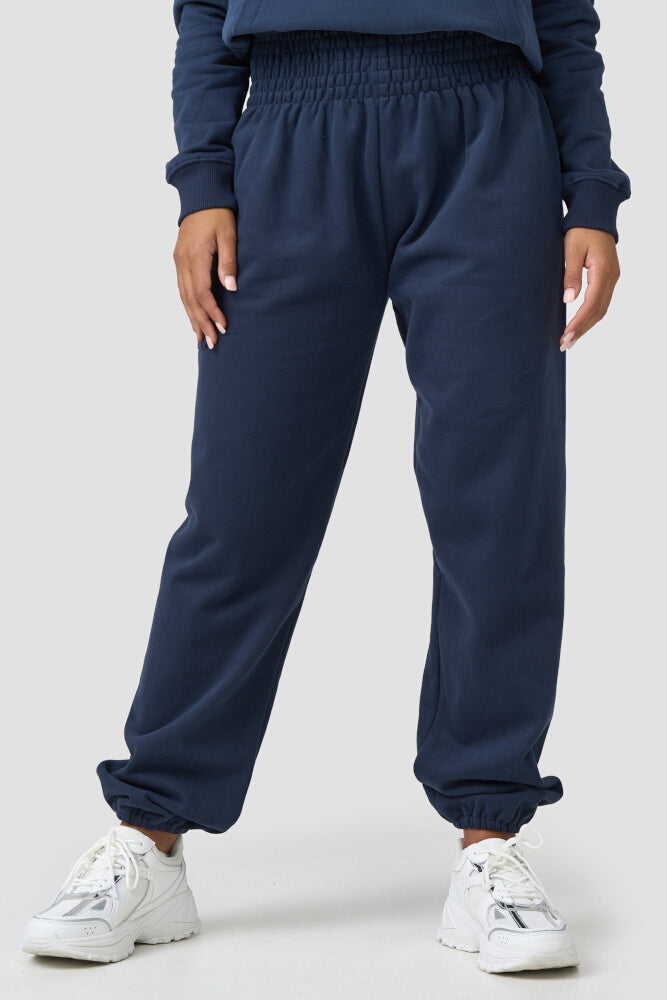
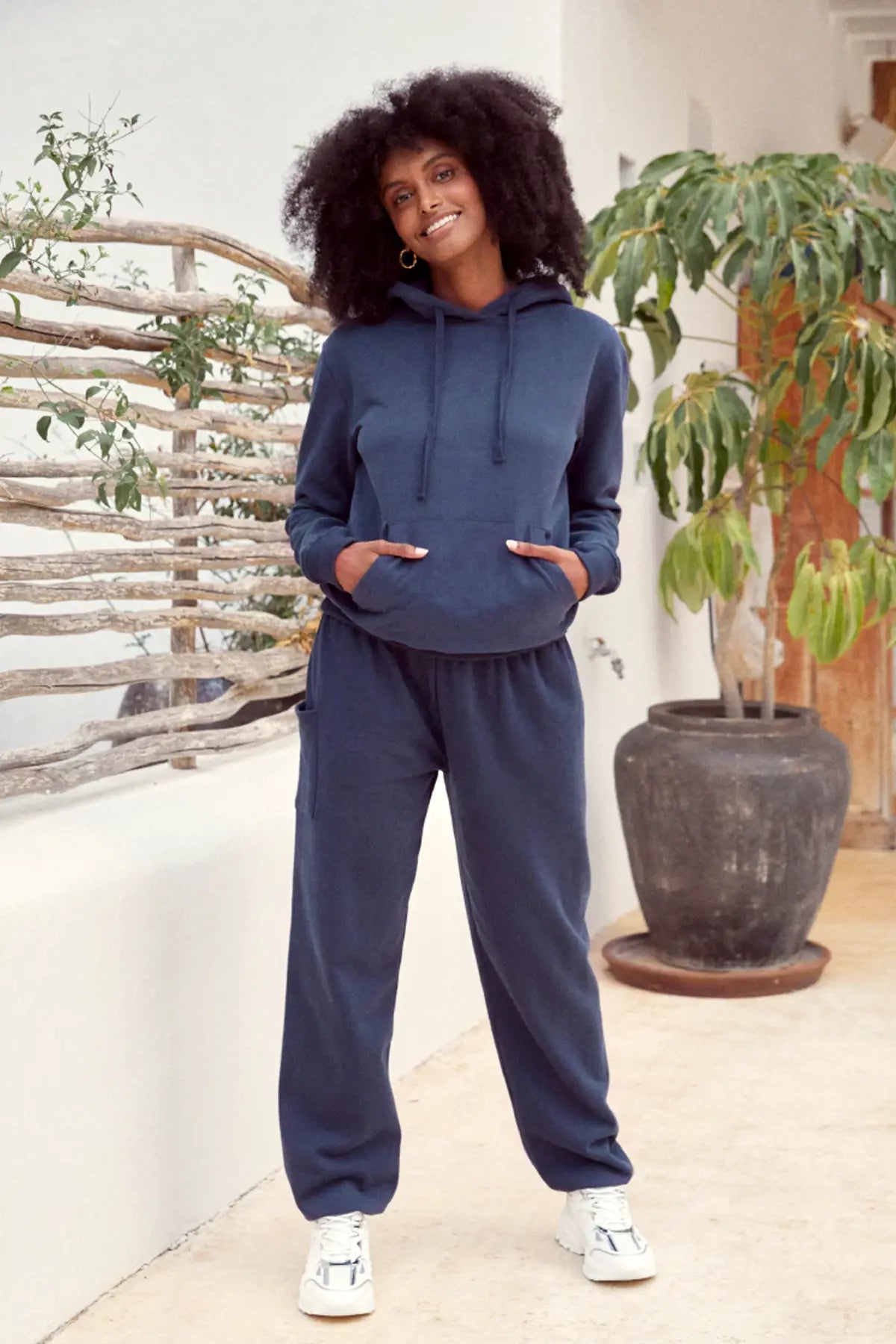
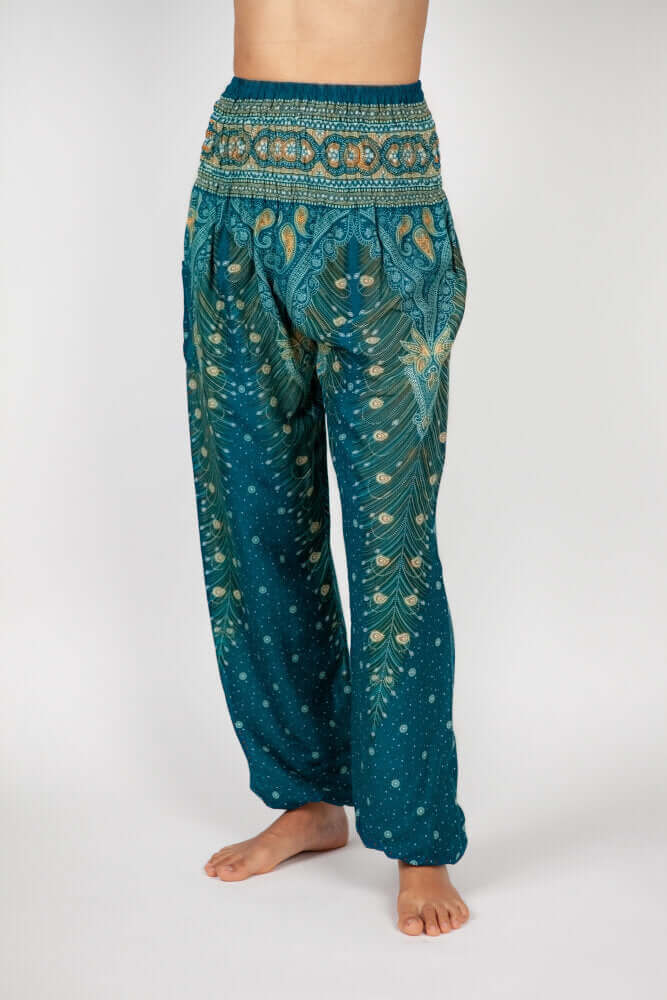

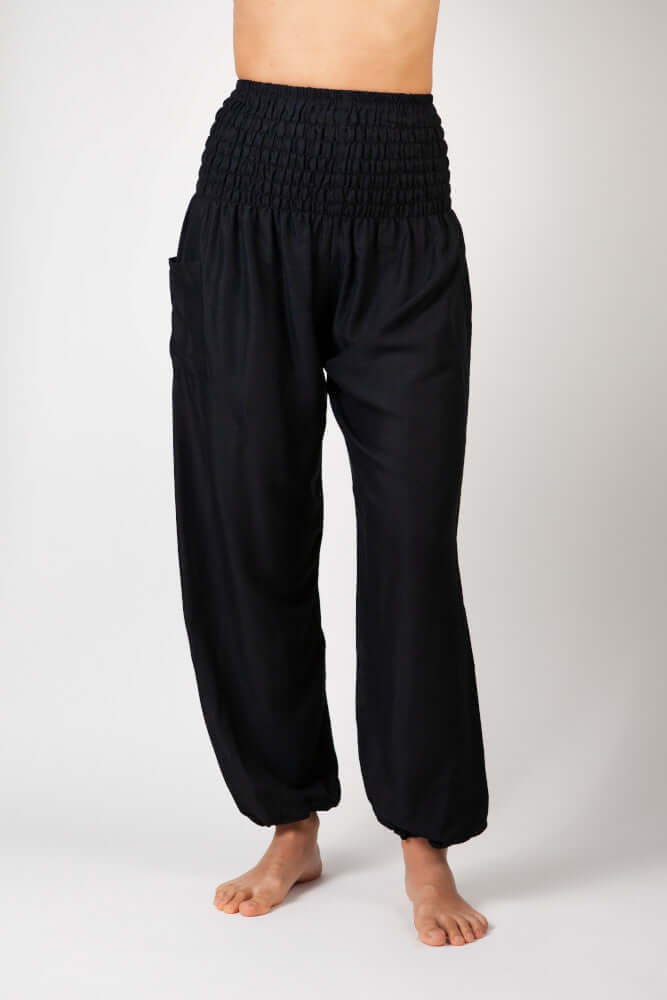
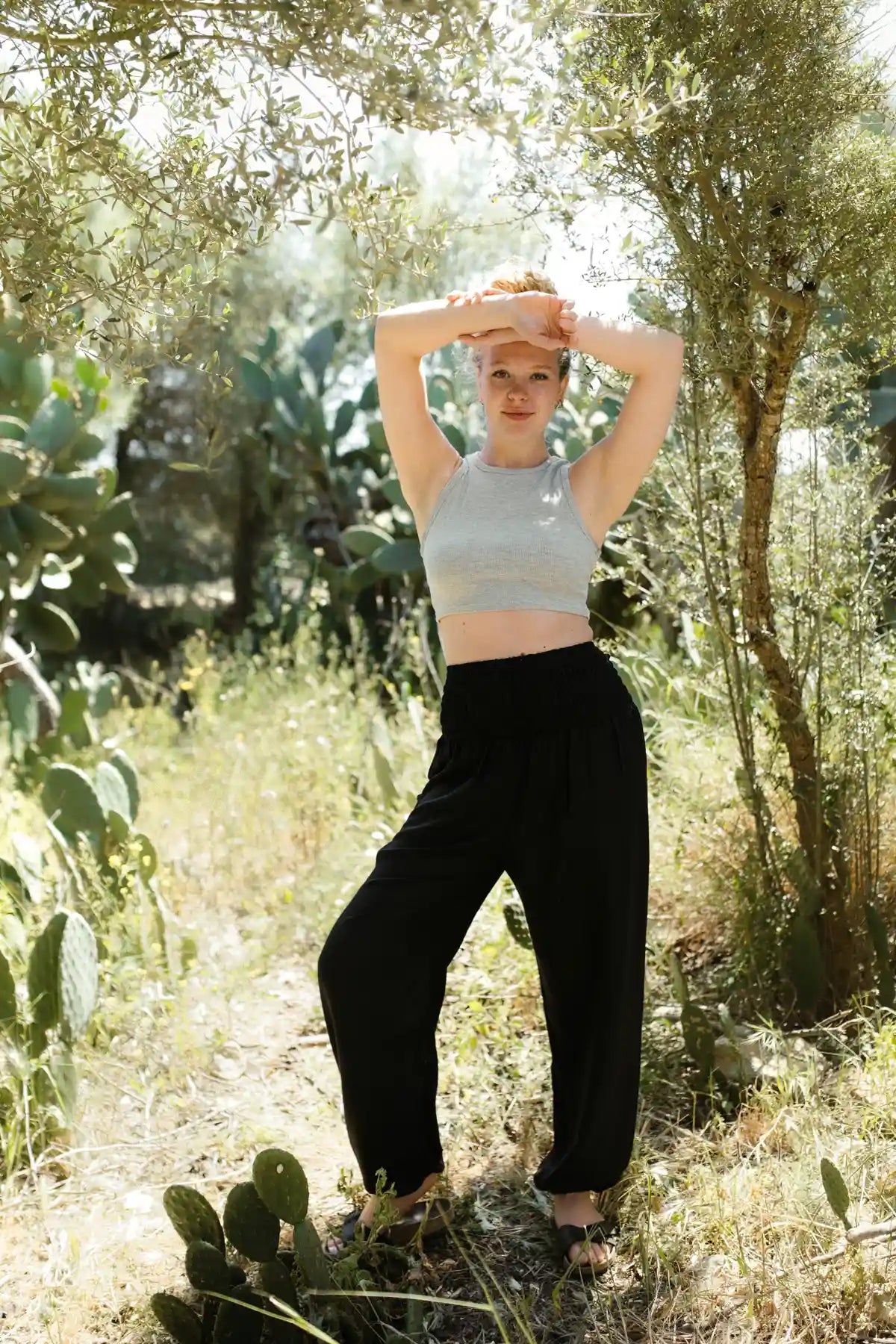


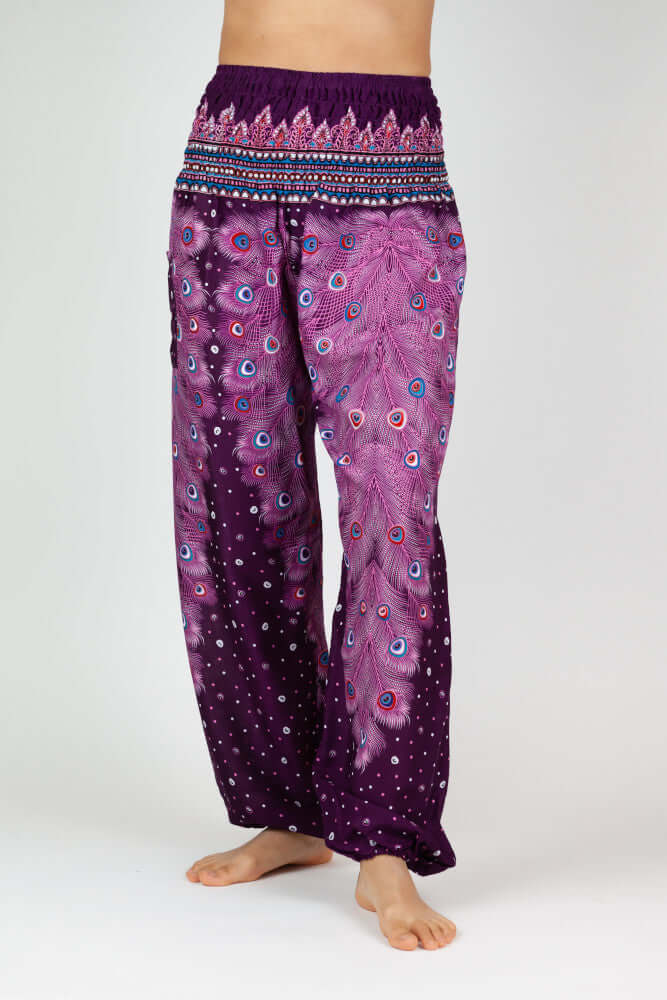

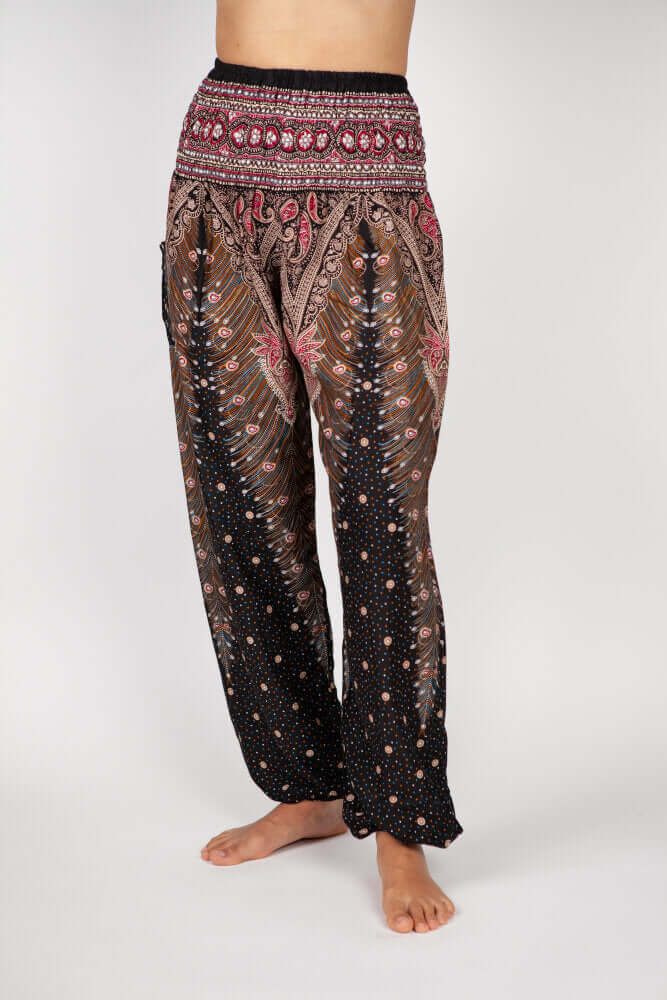

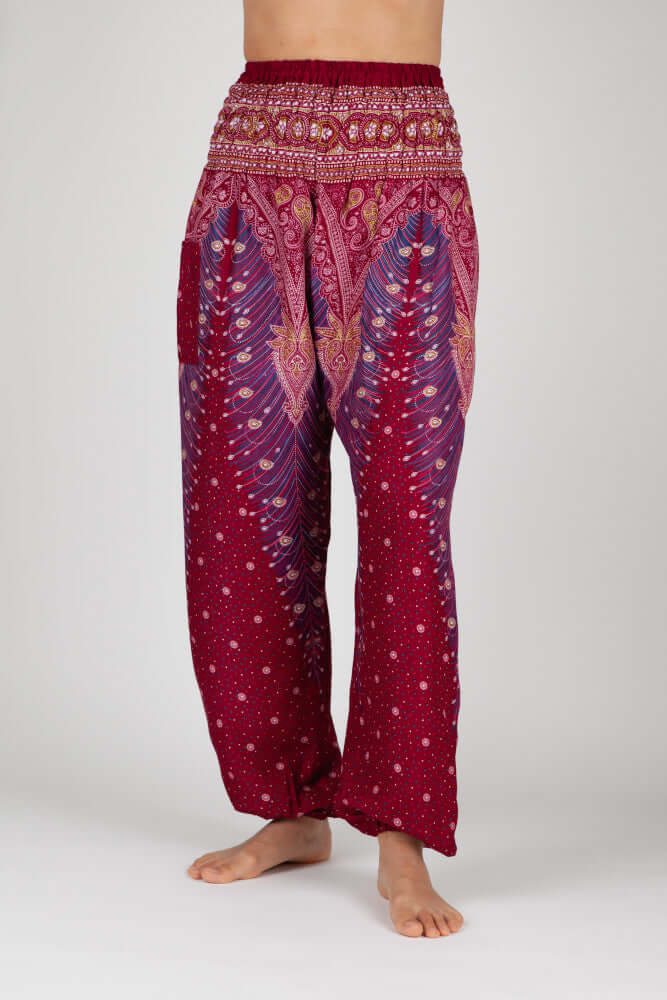

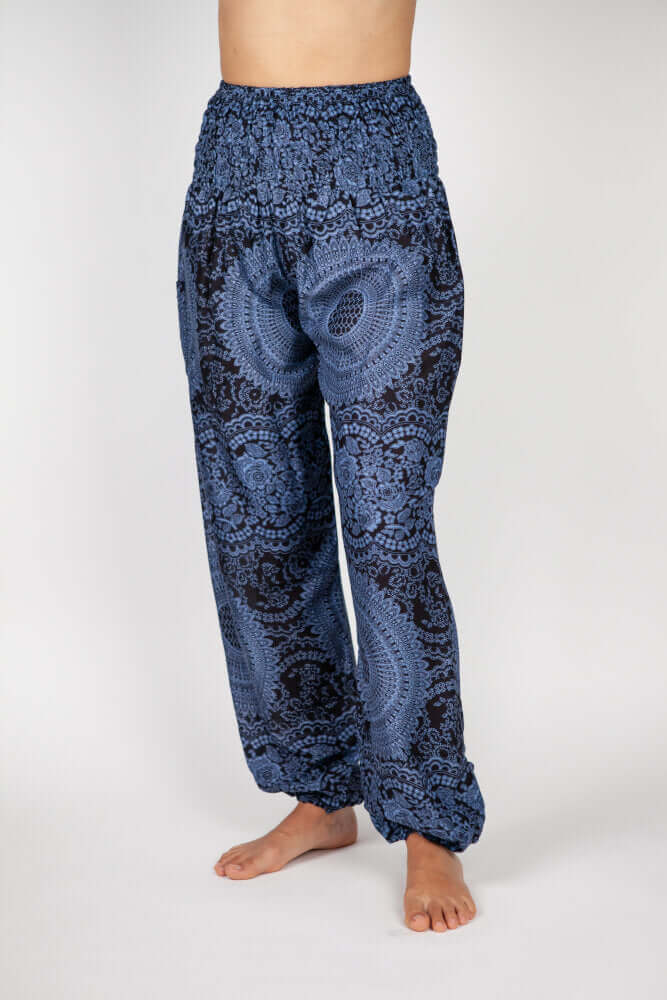

Leave a comment
This site is protected by hCaptcha and the hCaptcha Privacy Policy and Terms of Service apply.